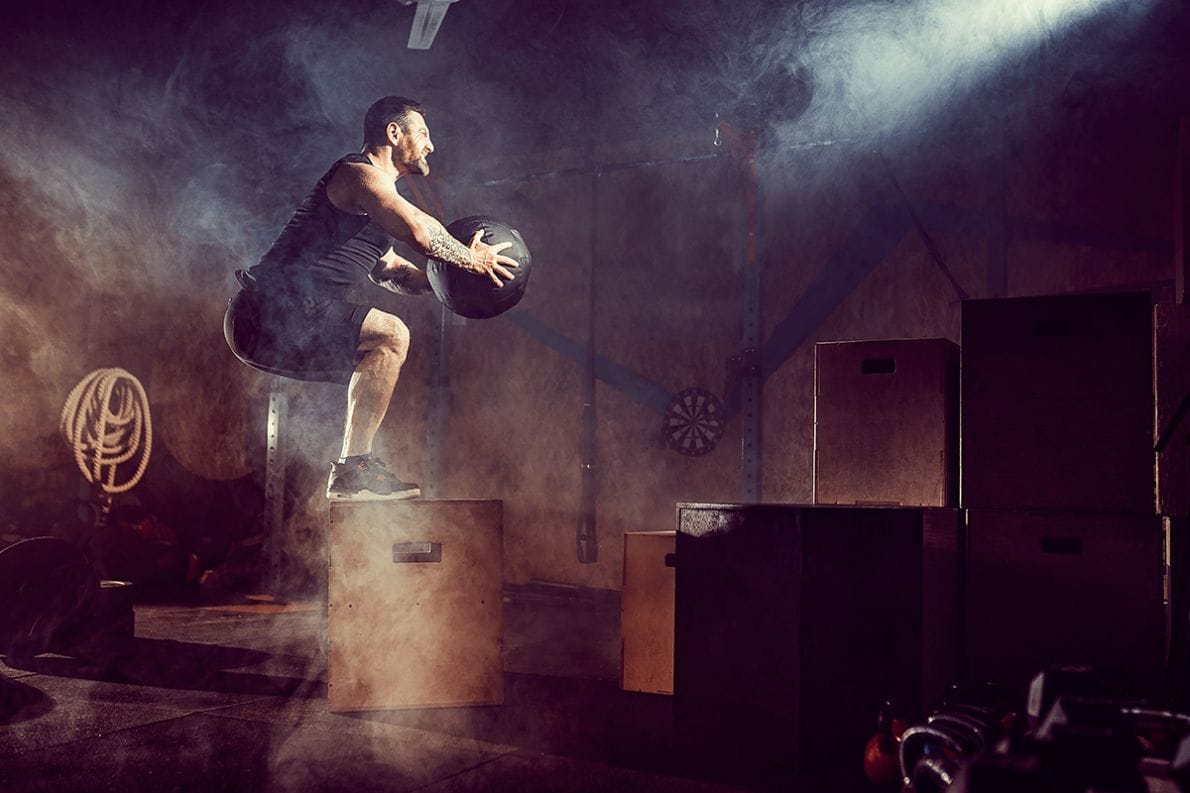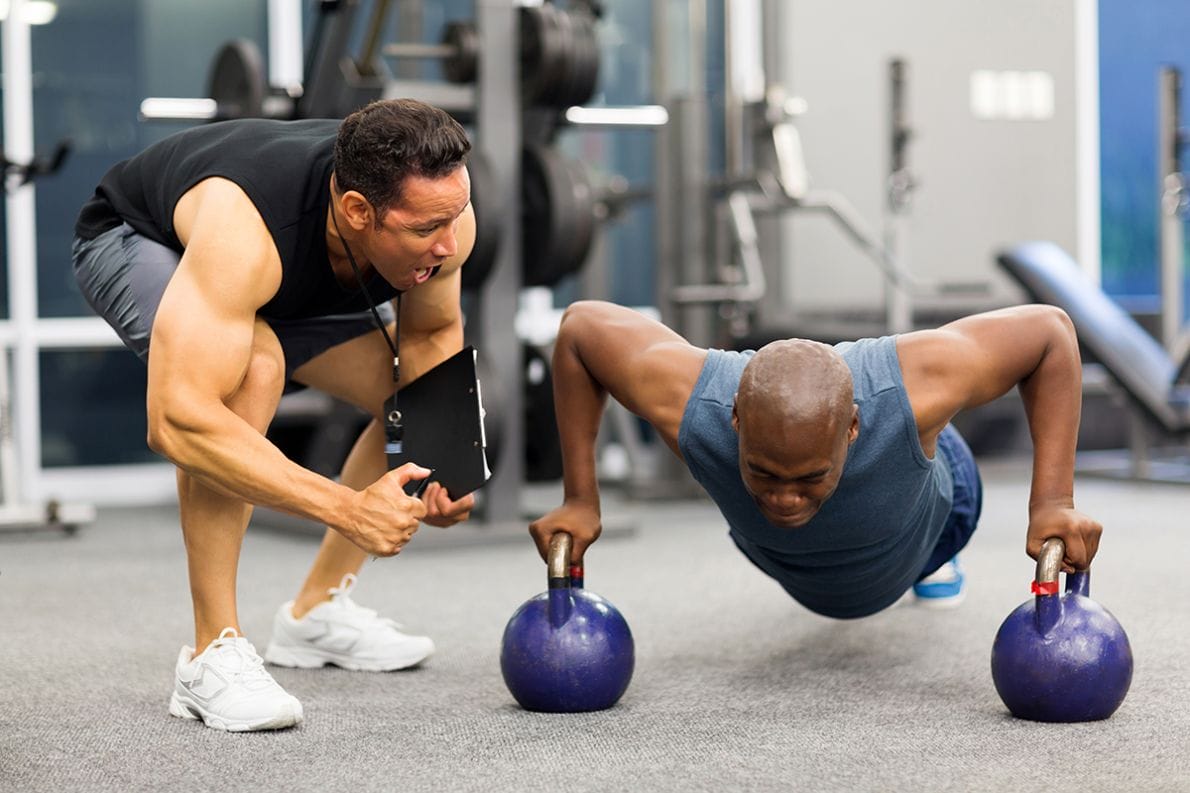Every exercise you perform in a gym is based on movements we make in real life; walking, reaching, squatting, lunging. While some may be more functional in everyday life and others may be better for improving sport performance, the underlying movement is always there.
You can think about these movements as occurring along three different planes of motion – the sagittal, frontal (or coronal), and transverse planes.
Why is this important to Understand?
I know, I know. You just want to get in the gym and start strength training or speed training. But trust me, understanding these planes of motion will make your workout more effective—and help you avoid injury.
The majority of the exercises that most of us perform in the gym are based on movements that occur in the sagittal plane. While sagittal plane exercises are important for overall fitness and strength, it’s also important to mix in exercises that occur in the other planes of motion.
Having poor range of motion in a single joint can lead to over-compensation in other areas, which is a short path to pain or injury. By improving your agility and range of motion in all three planes, you can help reduce the risk of injury and improve your overall movement quality.
Make sure you’re including an appropriate mix of exercises that work all three planes of motion in your training program, and you can help keep your body balanced and reduce your risk of injury.
Sagittal Movement
The sagittal plane runs down the center of your body and contains movements like bending forward and backward or squatting. Most gym exercises occur in this plane, including squatting, lunging, pushing, and pulling movements.
Sagittal Plane Exercises
- Walking/Running
- Vertical Jumps
- Squats
- Lunges
- Calf Raises
- Stair Climbing
Frontal Movement
The frontal plane cuts your body into front and back halves and contains movements like side lunge or single-leg deadlift. It’s important to include frontal plane exercises in your workout routine to help improve your lateral (side-to-side) movement.
Frontal Plane Exercises
- Side Lunge
- Side Bend
- Single-Leg Deadlift
- Lateral Arm Raise
- Lateral Leg Raise
Transverse Movement
The transverse plane runs across your body, cutting it into top and bottom halves. Rotational movements occur along this plane—think about a Russian twist or wood chop exercise.
Transverse Plane Exercises
- Seated Hip Abduction
- Bench Press
- Push-Ups
Even though some of these might seem like sagittal or horizontal plane movements, they’re actually transverse plane movements. This is due to rotation within the shoulder/hip joints.
Summary
Training in all three planes of motion is important for developing well-rounded strength and power, and avoiding imbalances that can lead to injury.
Sagittal plane movements are the most common in daily life and in the gym, so it’s important to focus on the other two planes as well.
Including a mix of frontal and transverse plane exercises in your training program can help improve range of motion, reduce your risk of injury, and improve your overall movement quality. So next time you’re in the gym, make sure to include exercises that work your muscles in all three planes of motion.




